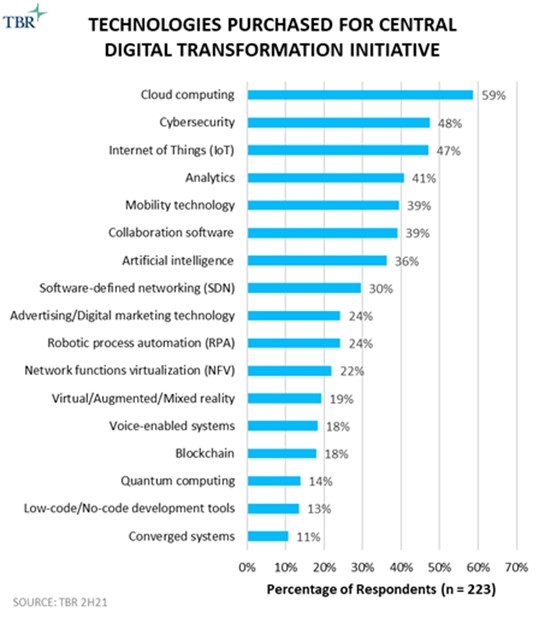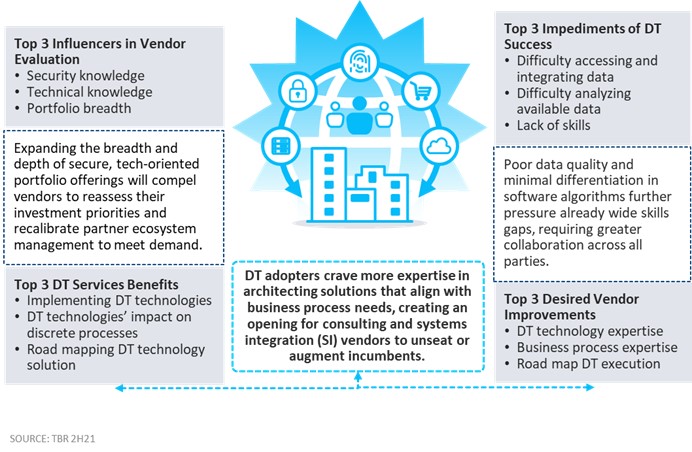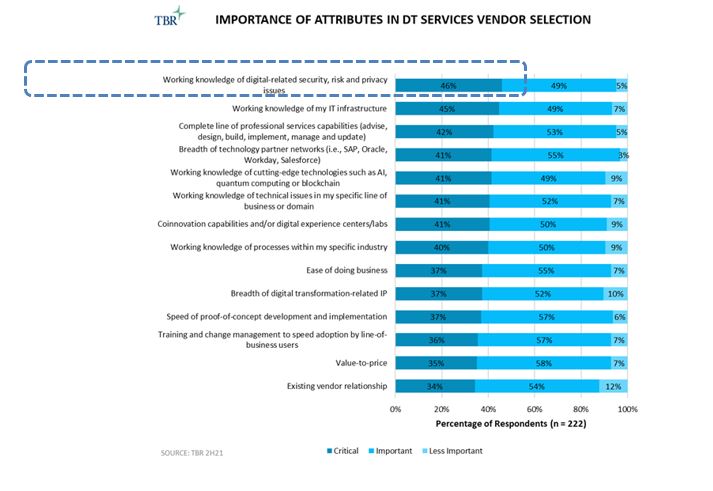KPMG takes purposeful design and commitment to talent to a new scale with Lakehouse
Emerging from the pandemic, a training facility in a class of its own
On July 20 and 21 TBR visited Lakehouse, KPMG’s purpose-built training facility in Orlando, Fla.’s, Lake Nona neighborhood. KPMG opened the facility in early 2020, closed it temporarily during the initial months of the pandemic, and reopened incrementally starting in late 2020, with operations now at full capacity. During TBR’s visit, three characteristics stood out among a wide range of thoughtful design details, strategic investments and fit-for-purpose spaces: Everything about Lakehouse reinforces KPMG’s commitment to the firm’s professionals: The environment itself minimizes stress and maximizes opportunities to interact in-person, and the place buzzes with an energy uncommon in a training and learning facility.
Seemingly reinforced by every design decision, Lakehouse was built by KPMG for KPMG’s professionals. Without clients or non-KPMG professionals roaming Lakehouse’s campus, conversations among colleagues can be more open and direct, without the need to check a name tag or remain circumspect. During TBR’s visit, multiple KPMG partners mentioned the freedom Lakehouse provides to have unplanned discussions with longtime colleagues and new acquaintances.
By design, making interactions seamless, stress-free and purposeful
The sheer size of Lakehouse and the investment the firm made in the facility reinforce KPMG’s commitment to its professionals to expand their knowledge and develop their career paths while providing them with top-class amenities, support and services.
- Centrally located classrooms, designed for large and small sessions, cement the idea that Lakehouse is not a showcase or a conference site but rather a learning center — a design emphasis that also reinforces KPMG’s culture.
- Based on our observations of the classrooms and interactions with professionals on-site, the Lakehouse design facilitates intermingling across every level of professional experience, with an openness that allows for chance discussions. Multiple KPMG professionals — before, during and after TBR’s visit — brought up the social, genuine and supportive vibe that seems to permeate Lakehouse, sustained by KPMG’s overall culture.
- With an all-inclusive design, from overnight accommodations, seemingly endless food options, a top-flight gym, and other amenities, the entire Lakehouse campus contains everything needed for a few days of learning and meetings, minimizing stress and maximizing the amount of time people can spend with each other, which is invaluable after two years of virtual meetings.
During a post-visit discussion, a KPMG professional echoed TBR’s highly positive experience by saying, “The staff at Lakehouse are truly amazing. They really make the whole experience incredible.” The same professional also brought up a seemingly small feature that made a large impression on us. During TBR’s tour, the gym staff were not at the desk or in the various workout rooms because they were making rounds through classrooms, leading get-up-and-move-around breaks. As the KPMG professional said, unprompted by TBR, “The wellness breaks that we had throughout the day were great. Those breaks included stretching, games or meditation.” In every interaction we had with KPMG professionals, both on-site and during discussions after our visit, people agreed the firm’s attention to detail creates a welcoming atmosphere at Lakehouse.
Improving clients’ Ignition Center experiences by colocating at Lakehouse
Given the emphasis on keeping conversations flowing freely among KPMG professionals and the overall atmosphere of learning, training and camaraderie, KPMG’s decision to include an Ignition Center at Lakehouse struck TBR as potentially problematic.
When management consultancies and IT services vendors first launched innovation and transformation centers — and TBR has visited more than 40 of these centers in the last five years — one of the defining features was location: The centers were separate from the main offices, sometimes even in a separate city or neighborhood, reinforcing that this space was built for discussions outside of clients’ normal expectations of these vendors. For example, clients would go to PwC’s Experience Center in Hallandale, Fla., a short drive from Miami, and would know they were not getting the old-school tax and audit PwC. Poorly designed centers typically failed on this point.
TBR once “toured” a one-room “Innovation Center” at an IT services vendor’s Dallas offices that became known within TBR as the “Digital Closet.” In that context, KPMG’s decision to place a new Ignition Center colocated within its massive internal training and learning facility seemed surprising. Once on-site, TBR realized clients will not see the traditional KPMG offices when they attend sessions at Lakehouse Ignition Center but will instead see and understand KPMG’s massive commitment to training and professional development. They will also see a relaxed KPMG, not the buttoned-up, suits-and-ties auditors, as well as the scale of the consultancy they are working with.
Previously, Big Four firms needed to take clients away from the traditional Big Four offices to show how much the firms were changing. Now, KPMG can say, “Hey, we’ve changed and you can see it all around you at Lakehouse.” Colocating an Ignition Center at Lakehouse does not eliminate other challenges common to innovation and transformation centers, such as knowledge sharing across centers and countries, bringing in the right clients at the right time for the right kinds of sessions and staffing, and incorporating technology partners. Further, a novel challenge with Lakehouse will be hosting clients on-site without compromising the freedom KPMG professionals feel when they are at Lakehouse. None of these challenges has been insurmountable, and TBR will closely track how well the Ignition Center at Lakehouse meets KPMG’s and its clients’ expectations.
Thoughtful. Purposeful. By design.
Without question, KPMG’s Lakehouse sits at the apex of training facilities, with an unsurpassed blend of purposefully designed major components as well as subtle elements that solidify the firm’s culture and commitment to its people. At the end of the tour, a KPMG leader pointed out the glass and light artwork in the main area, a place everyone staying at Lakehouse passes through multiple times a day. By design, over the course of the week, the lights slowly shift from a multitude of colors to just one color, quietly reinforcing that every individual is different, but everyone belongs to one firm. Thoughtful. Purposeful. By design. All of which sum up Lakehouse.
TBR’s ongoing coverage of KPMG includes semiannual profiles as part of the Management Consulting Benchmark and the Innovation and Transformation Centers Market Landscape, as well as analysis, when appropriate, within the Digital Transformation portfolio.




